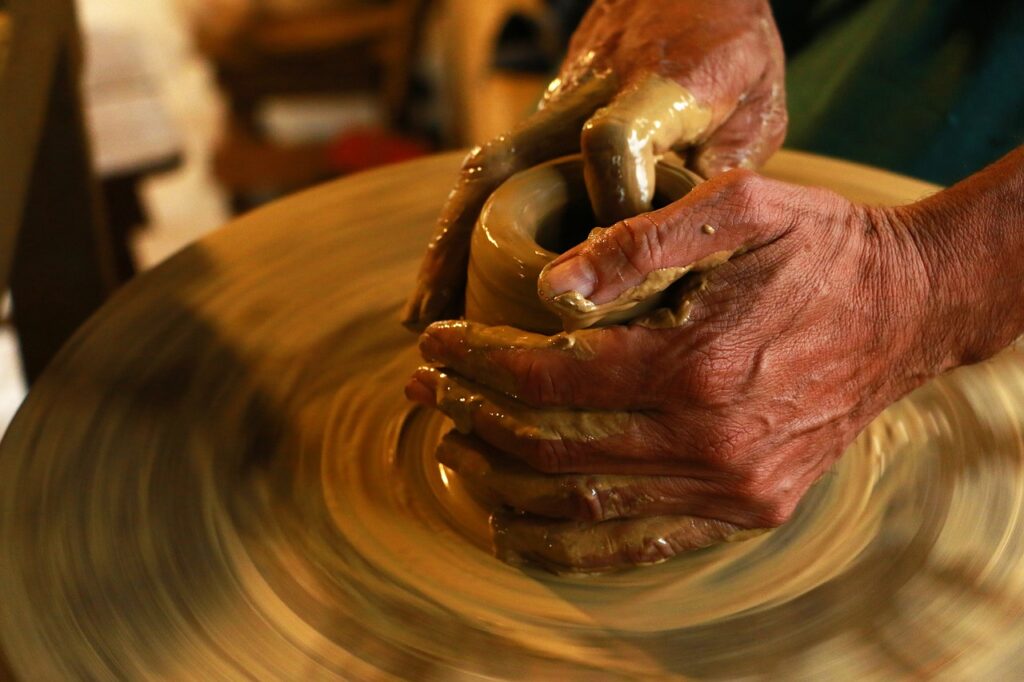“Kashikari” typically refers to the art of tilework, particularly in Persian and Mughal architecture, and is often associated with beautiful glazed tiles used to decorate buildings. The craft originated in Persia (modern-day Iran) and spread across Central Asia and into the Indian subcontinent. Here are some interesting facts about Kashikari:

- Historical Roots: Kashikari dates back to ancient Mesopotamian and Persian civilizations. It became a prominent feature in Islamic architecture, often used to decorate mosques, palaces, and public buildings.
- Intricate Designs: Kashikari tiles are known for their detailed and geometric patterns. Many designs include calligraphy, floral patterns, and arabesques, symbolizing the infinite nature of creation.
- Techniques: The process of making these tiles involves molding clay into specific shapes, painting intricate patterns with colorful glazes, and then firing them in kilns. Each tile is carefully hand-painted before being assembled like a mosaic.
- Colors and Materials: The use of vibrant colors like turquoise, cobalt blue, yellow, and green is common in Kashikari tiles. These colors are often derived from natural minerals like copper (green) and cobalt (blue).
- Architectural Significance: Kashikari played an important role in Islamic architecture, particularly in the decoration of domes, minarets, and arches. Famous examples include the Shah Mosque in Isfahan, Iran, and the Wazir Khan Mosque in Lahore, Pakistan.
- Cultural Legacy: In regions such as Iran, Uzbekistan, and Pakistan, Kashikari remains an important part of the cultural and artistic heritage. Modern artisans continue the tradition, often blending contemporary styles with ancient techniques.
